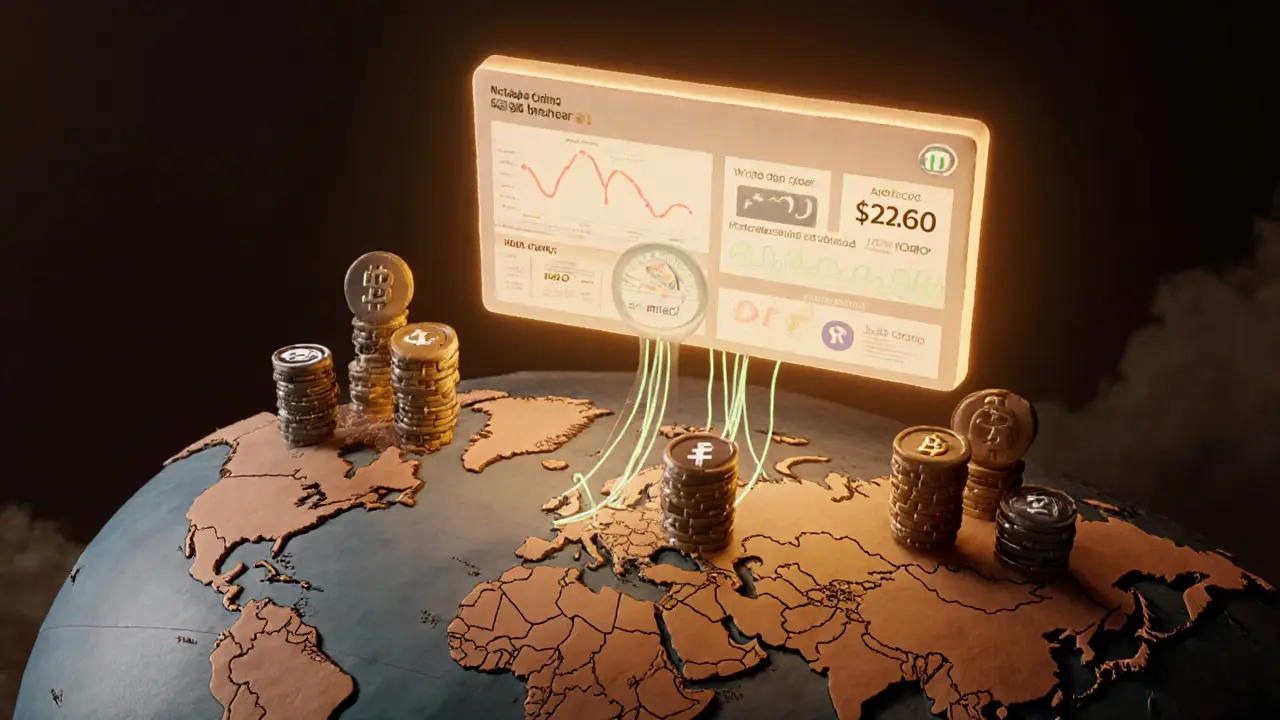DeFi Market Size: What’s Really Going On in Decentralized Finance
When people talk about the DeFi market size, the total value locked in decentralized finance protocols across all blockchains. Also known as DeFi TVL, it’s the go-to metric for measuring how much money people are trusting smart contracts instead of banks. It sounds impressive—over $100 billion at its peak—but numbers like that can lie. The real question isn’t how big it is, it’s who’s using it, why they’re there, and whether it’s actually doing anything useful.
The DeFi protocols, smart contract systems that replace traditional financial services like lending, trading, and earning interest behind that number aren’t all equal. Some, like Uniswap or Aave, have real users, audits, and steady volume. Others? They’re ghost towns with fake liquidity, built just to inflate the stats. You’ll find both in the posts below—some are honest tools, others are just gambling tables dressed up as finance. And then there’s the crypto liquidity, the amount of tradable assets available in DeFi pools that keep prices stable and trades fast. High liquidity means you can trade without crushing the price. Low liquidity? You’re just feeding a bot that drains wallets.
It’s not just about money moving. It’s about trust. When a protocol has zero audits, no team, and a token that’s dropped 90% in a month, does it still count as part of the DeFi market? Or is it just noise? The posts here dig into exactly that—real DeFi platforms like STON.fi and StellaSwap, versus risky farms like Kalata Protocol and Sphynx Labs. You’ll see how yield farming can pay big—but only if you know which pools are real. You’ll learn why some exchanges are built for niche chains like TON or Polkadot, and why trying to use them for big trades is a bad idea. You’ll also see how governments are watching this space, seizing crypto, and banning mining—not because they hate tech, but because they don’t trust what’s happening behind the scenes.
There’s no magic number that tells you if DeFi is working. The market size is just a headline. The real story is in the details: who’s holding the keys, where the money actually flows, and whether anyone’s making money without getting scammed. The posts below cut through the fluff. They don’t sell you on growth. They show you what’s alive, what’s dead, and what you should avoid before you lose your cash.
DeFi Growth Statistics and Adoption: Market Trends, TVL, and Regional Adoption in 2025
DeFi adoption is accelerating with $123.6 billion locked in protocols in 2025. Learn key growth stats, regional trends, stablecoin usage, and the real drivers behind DeFi’s expansion.
